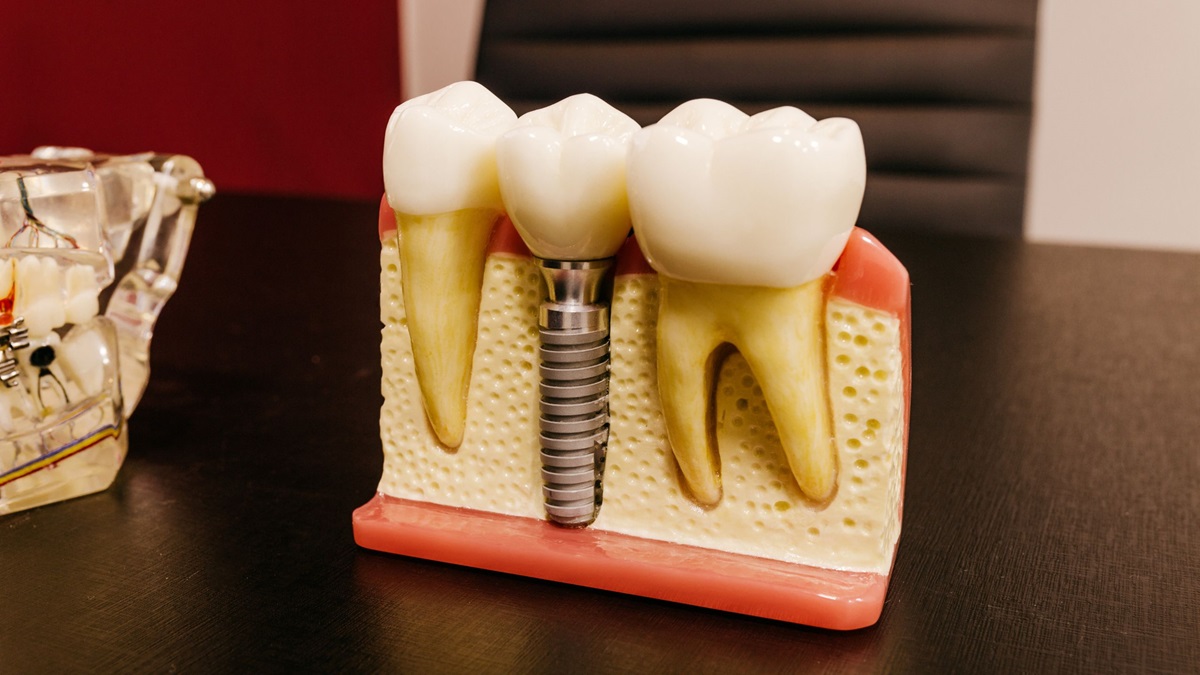Many people feel nervous when told they need a bone graft for dental implant placement. That concern is completely natural. Dental surgery can seem overwhelming, especially when it involves the jawbone. But with the right care and guidance, this step can lead to a healthy, confident smile.
Our team always listens to patients’ concerns before walking them through the entire process. When explained clearly, the idea of rebuilding bone becomes far less intimidating. The goal is to help every patient feel calm, informed, and confident in their care decisions.
Why Bone Grafts Are Needed
Not everyone has enough jawbone to support a dental implant. This is where Rockville Dental Implants treatments can help. The bone beneath missing teeth can shrink over time. If this happens, the jaw loses the thickness and strength needed to hold an implant securely.
Here are common reasons someone might need a bone graft:
- Missing teeth for several months or years
- Bone loss due to gum disease
- Facial injury or trauma
- Natural bone thinness in certain areas
Without enough bone, an implant won’t stay stable. A graft rebuilds that area so the implant can sit firmly and work like a natural tooth. This is one of the most important parts of preparing the mouth for a long-lasting result.
What Happens During a Bone Graft
Our dental professionals start with a detailed exam, often using 3D imaging. This helps us check bone thickness and quality around the missing tooth. If bone loss is found, grafting is recommended before the implant.
There are a few types of materials used in grafts:
- Autograft: bone taken from your own body (usually the chin or hip)
- Allograft: bone from a donor, safely processed and sterilized
- Xenograft: bone from an animal source, commonly bovine
- Synthetic graft: lab-made material that mimics natural bone
Choosing the best bone graft material for a dental implant is based on your health, the location of the implant, and how much bone is missing. The graft is placed into the area and then covered to heal. The body treats it like its own tissue and starts forming new bone around it.
Healing Time and Implant Placement
After grafting, healing takes several months. During this time, the new bone blends with your jaw. This is called “osseointegration” and is key to successful implants.
A Dentist in Rockville MD will monitor healing with regular visits. If healing is going well, the implant post is placed directly into the rebuilt bone. Over time, the post fuses with the bone and acts like a strong root for the new tooth.
The full process might take anywhere from three to nine months, depending on your case. But the result is worth the wait. You’re building a stable foundation for a tooth that can last a lifetime.
 Common Questions and Concerns
Common Questions and Concerns
Patients often have similar worries. Here are some common ones:
Will the procedure hurt? We use local anesthesia to keep you comfortable. Some patients feel mild soreness after, but it’s manageable with medication and rest.
Is it safe? Yes. Bone grafting is a routine, proven treatment in modern dental care. Complications are rare when handled by skilled professionals.
Will my body reject the graft? No. All materials used are biocompatible and carefully matched to each patient’s needs.
Recovery Tips for Better Healing
Good healing leads to better results. Here are some practical tips:
- Avoid smoking or tobacco. It slows bone healing.
- Eat soft foods and stay hydrated.
- Follow medication instructions carefully.
- Keep the mouth clean with saltwater rinses or dentist-approved solutions.
- Avoid touching the area or putting pressure on it.
Always keep follow-up appointments. They allow us to check healing progress and make adjustments if needed.
What Makes Our Approach Different
At Rockville Dental Arts, we believe in clear, honest care. Our staff explains each step in plain language, so patients never feel confused or overwhelmed. We focus on comfort, transparency, and great results.
Choosing to get a bone graft for dental implant placement is a step toward a better future. With the right support, even complex treatments become manageable.
Final Thoughts and Next Steps
Bone grafting builds a solid base for implants and lifelong oral health. Whether you’ve lost a tooth years ago or recently, this solution helps restore strength to your jaw and confidence to your smile.
We’re here to guide you through every step. If you’re ready to restore your smile, reach out to schedule a consultation with our friendly, expert team. Let’s build a plan that fits your needs and brings lasting results.
Call today and take the first step toward a healthier, stronger smile.

 Common Questions and Concerns
Common Questions and Concerns